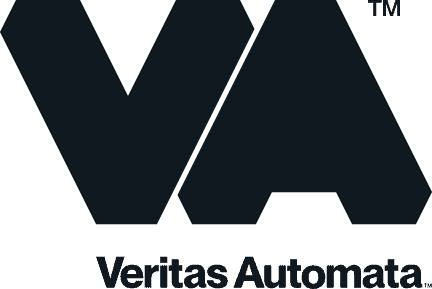Here’s the answer: Kubernetes is not just for back-end pros; it’s a game changer for front-end developers too.
As you might know, Kubernetes, at its core, is an open-source platform designed for automating deployment, scaling, and operations of application containers. It provides the framework for orchestrating containers, which are the heart of modern application design, and it’s quickly becoming the standard for deploying and managing software in the cloud. Veritas Automata provides a market differentiator. Interested, learn more here.
Kubernetes facilitates a critical shift for front-end developers: moving from a focus on purely front-end technologies to an integrated approach that includes backend processes. This integration is vital for several reasons:
Enhanced Collaboration with Backend Teams
Increased Efficiency and Productivity
Greater Control and Flexibility
Practical Insights and Examples
Making Kubernetes Accessible
For those new to Kubernetes, here are some practical steps to start incorporating it into your workflow:
Learn the Basics: Start by understanding the key concepts of Kubernetes, such as Pods, Services, Deployments, and Volumes. There are many free resources available online for beginners.
Experiment with MiniKube: MiniKube is a tool that lets you run Kubernetes locally on your machine. It’s an excellent way for front-end developers to experiment with Kubernetes features in a low-risk environment.
Use Kubernetes in a Front-End Project: Try deploying a simple front-end application using Kubernetes. This will give you hands-on experience with the process and help solidify your understanding.
Join the Community: Engage with the Kubernetes community. There are numerous forums, online groups, and conferences where you can learn from others and share your experiences.
I have the honor of presenting this topic at a CNCF Kubernetes Community Day in Costa Rica. Kubernetes Day Costa Rica 2024, also known as Kubernetes Community Day (KCD) Costa Rica, is a community-driven event focused on Kubernetes and cloud-native technologies. This event brings together enthusiasts, developers, students, and experts to share knowledge, experiences, and best practices related to Kubernetes, its ecosystem, and its evolving technology.
Last but not least, mastering Docker and Kubernetes has evolved into a critical competency that can substantially elevate one’s professional profile and unlock access to high-paying job opportunities. In the contemporary tech landscape, where agile and scalable application deployment is non-negotiable, proficiency in Docker is a prerequisite. Furthermore, integrating Kubernetes expertise amplifies your appeal to employers seeking candidates who can orchestrate containerized applications seamlessly. By showcasing Docker and Kubernetes proficiency on your CV, you not only demonstrate your adeptness at optimizing development workflows but also highlight your ability to manage complex containerized environments at scale.
This sought-after skill combination is indicative of your commitment to staying at the forefront of industry practices, making you an invaluable asset for organizations aiming to enhance system reliability, streamline operations, and reduce infrastructure costs. With Docker and Kubernetes prominently featured on your CV, you position yourself as a well-rounded professional capable of contributing significantly to high-impact projects, thus enhancing your prospects for securing lucrative and competitive positions in the job market.
Want to learn more, add me on LinkedIn and let’s discuss!




